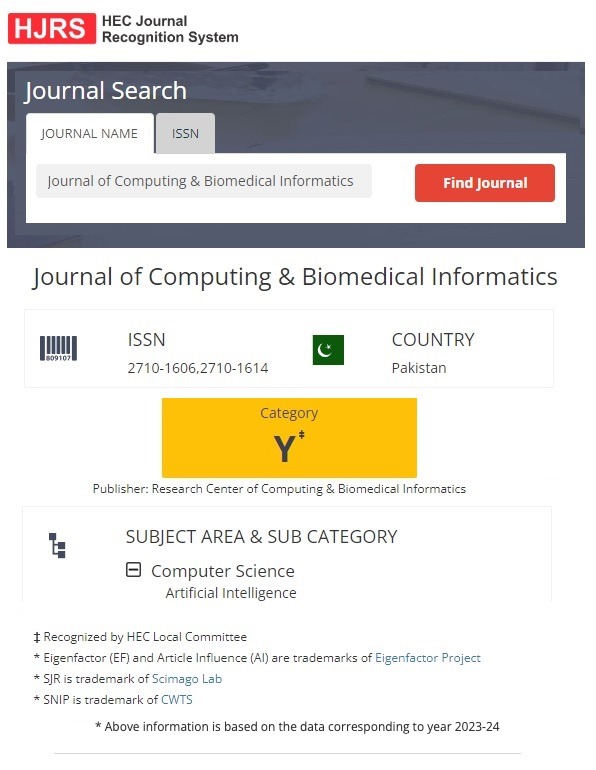Textile Defect Detection in the textile industry using Deep Learning
Abstract
In order to maintain high production standards, the quality control process in textile manufacturing mostly depends on the efficient detection of fabric flaws. Conventional defect monitoring techniques are labor-intensive, manual and prone to human mistake, which results in inconsistent quality. In this research, the hybrid deep learning model is proposed using convolutional neural networks and gated recurrent unit networks for textile defect detection in the textile industry. The goal is to increase this crucial process's precision, effectiveness, and dependability. Since fabric defect identification is a crucial step in quality control, it is one of the manual operations that has gradually been automated using the aforementioned techniques. The performance evaluations were conducted on proposed model and compare with other models including Convolutional Neural Networks (CNNs), Artificial Neural Networks (ANN), Recurrent Neural Networks (RNN), and Long Short-Term Memory (LSTM). CNN ability to extract features and GRU skill at sequential learning credited with this improved performance, which allow the model to successfully capture temporal and spatial relationships. The proposed hybrid model which combines CNN + Gated Recurrent Unit (GRU) are performed well as compare to other models and achieved the accuracy of 0.9841. The findings shows that CNN is a strong option for the given problem as it improves classification accuracy when combined with GRU.
Downloads
Published
How to Cite
Issue
Section
License
This is an open Access Article published by Research Center of Computing & Biomedical Informatics (RCBI), Lahore, Pakistan under CCBY 4.0 International License





